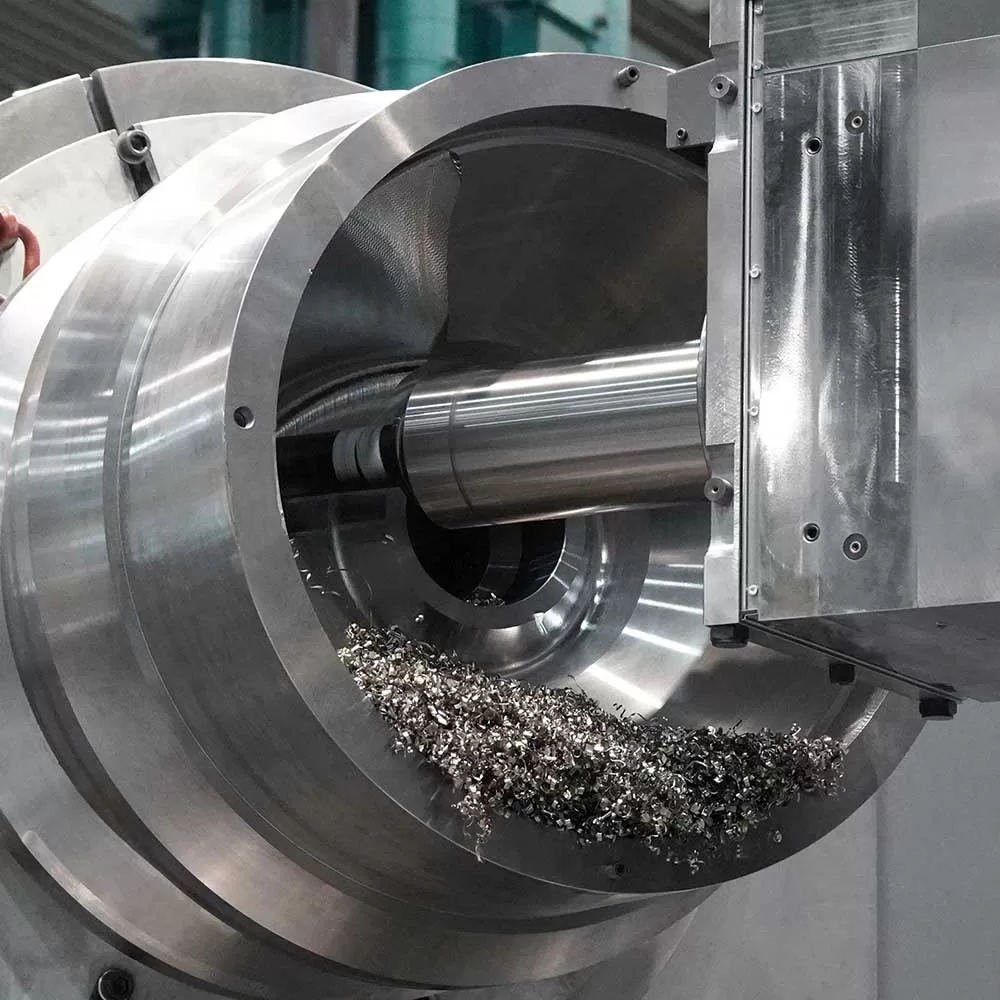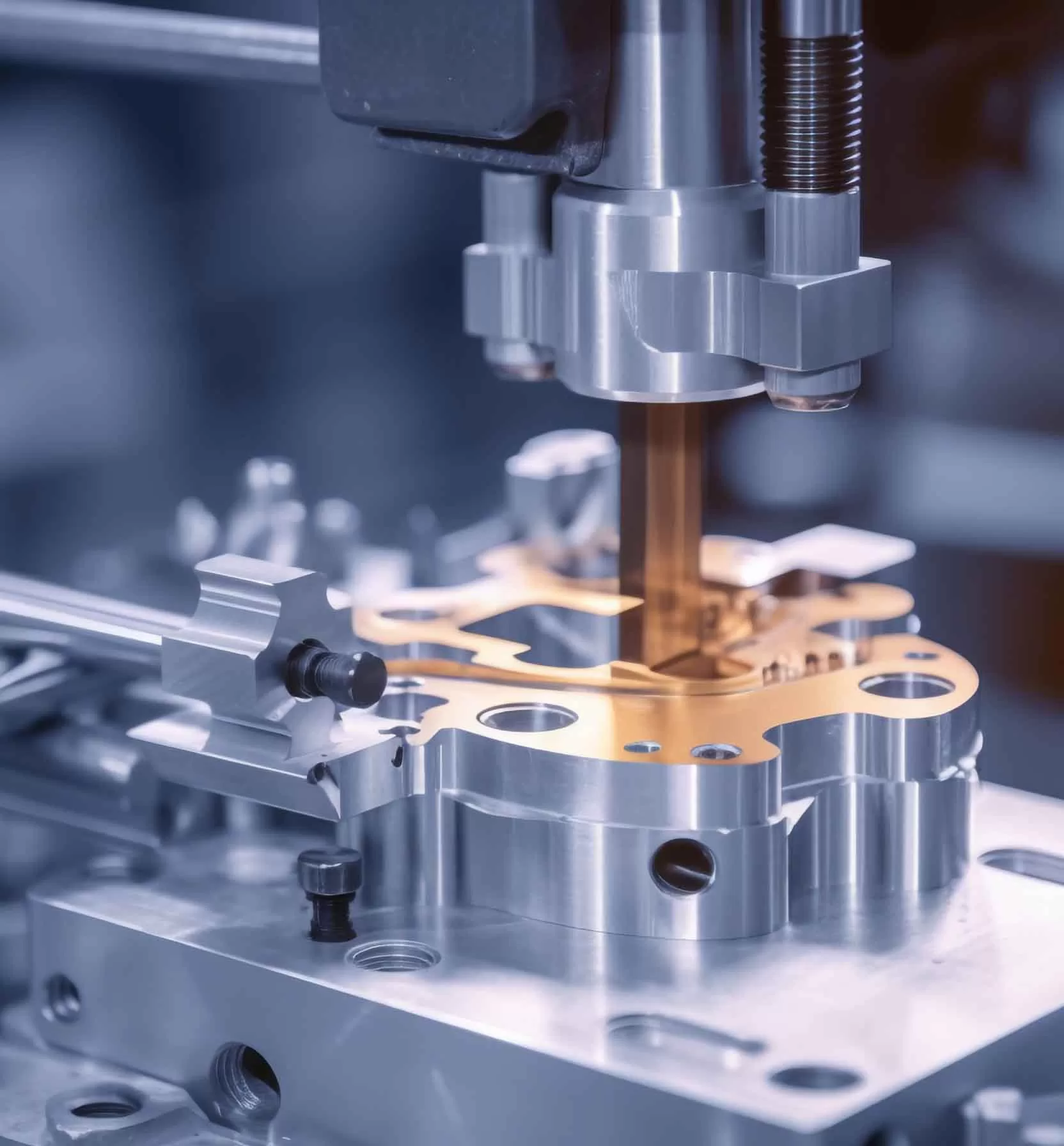In the field of precision parts manufacturing, CNC lathe and CNC milling machine occupy an important position. CNC lathe machining is also called CNC turning mahcining, so do you know what are the unique advantages of CNC lathe turning parts?
In order to help you understand CNC lathes more quickly, we list the following 11 advantages of CNC turning:
- The difficulty of machine operation is low. Compared with traditional lathes (one person operates the lathe and the other controls the material), CNC lathes often only need one worker during the machining process. It’s a tough job. But now, with the advent of CNC lathes, CNC turning is no longer so difficult. We only need to hire one operator – one skilled enough to operate several machines typically.
- Work easier and faster. Producing hundreds or even millions of similarly sized parts is easier than ever with fully automated CNC lathes. Today, machine control systems enable CNC lathes to produce perfect workpieces easier and faster than ever before. Whether you need simple parts, complex parts with tight tolerances, or unique, complex shapes, a CNC lathe is up to the job.
- Highly versatile, CNC lathes can be used to create a wide variety of products and parts. Unlike manual lathes, CNC lathes are versatile enough to produce almost any type of product or part—a cylinder or sphere can be easily machined with a CNC lathe, and it can even be used to produce molded parts for other machines.
- Tight tolerances can be achieved. And the quality of the products manufactured by CNC lathe is highly consistent with that of the design.
- The overall cost is low. While CNC lathes are much more expensive than manual lathes, turning parts with a CNC lathe still offers a range of economic benefits, including: Setup costs are a one-time expense. With a CNC machine, you can produce 20 times more parts than a manual lathe in a given time frame, recouping all your investment. Fewer operators are required to work on a CNC lathe, and they don’t need to be tied to the machine 24/7. This frees up your labor budget for other essential operations. Less human error means less material waste.
- flexibility. CNC turning centers are available in a variety of sizes to accommodate a variety of different sized parts.
- High safety factor. Since the lathe is automatic, the operator is just there to watch the CNC lathe function. Similarly, the bed of the CNC lathe adopts a fully enclosed or semi-enclosed protective device to prevent the flying particles of the workpiece from causing harm to the operator.
- High production speed. There is less chance of error when performing programmed tasks on a CNC lathe or turning center. As a result, the machine can finish production faster without sacrificing final output quality. Compared with traditional CNC lathe processing, CNC lathe processing can deliver products faster.
- Low maintenance requirements. Under normal circumstances, as long as the CNC lathe is maintained regularly, there is no need for frequent maintenance.
- CNC lathes can process a wide variety of materials, including almost all types of metals and plastics.
- Turning capabilities can be continuously updated. The processing capability of CNC lathes can change continuously with the upgrading of computer programming software.
The above are the 11 advantages of CNC turning. So, will you choose CNC turning or CNC milling?


